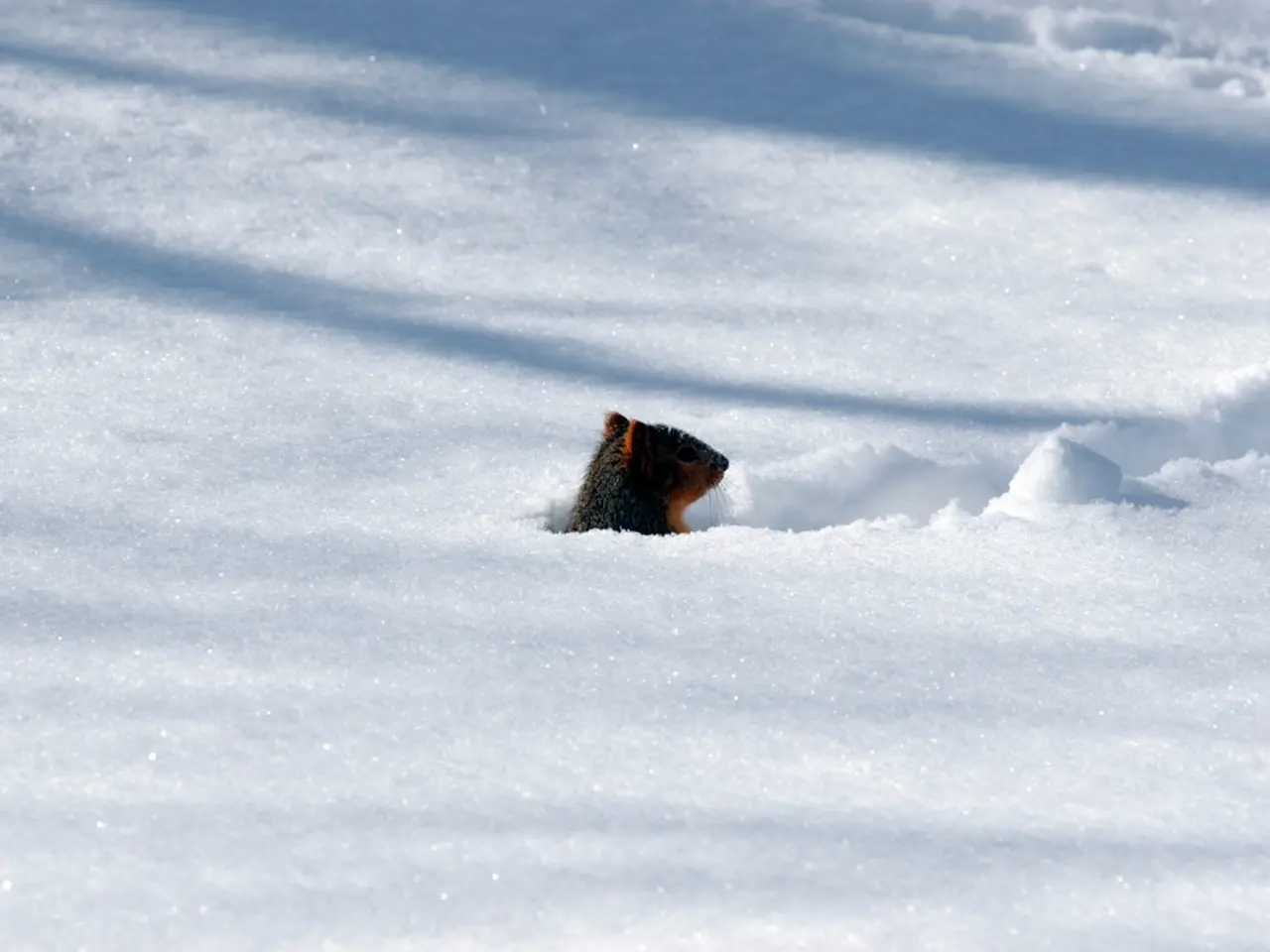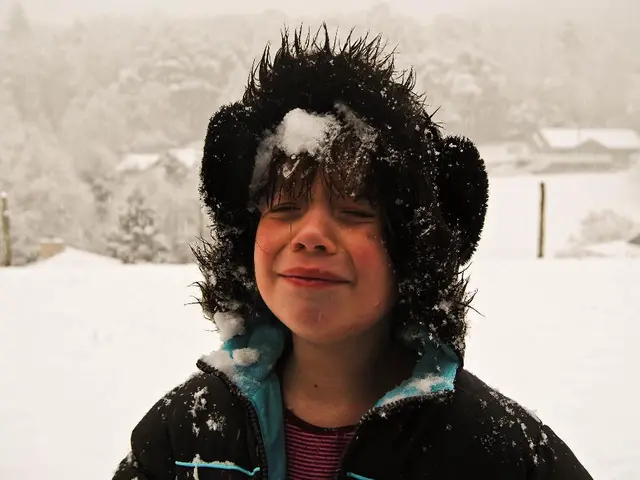Cold Emergencies: Understanding Frostbite and Hypothermia
Preparing for the overlooked peril: make sure your provisions are ready
In the cold winter months, two potentially dangerous conditions can arise: frostbite and hypothermia. While both are related to exposure to cold, they differ in their causes, symptoms, and treatment.
Differences and Symptoms
Frostbite occurs when skin and underlying tissues freeze due to prolonged exposure to cold temperatures. It usually affects extremities such as fingers, toes, nose, ears, cheeks, and chin, causing localized injury to the skin and deeper tissues. Symptoms include numbness, white, pale, grayish-yellow, or waxy skin, skin that feels firm or hard, blisters in second or third-degree frostbite, and pain especially after rewarming.
On the other hand, hypothermia is a systemic condition that occurs when the core body temperature drops below normal (below 95°F or 35°C), caused by prolonged exposure to cold. It affects the whole body, causing symptoms such as uncontrollable shivering that may stop as the condition worsens, poor coordination, slurred speech, confusion, lethargy, apathy, slow, shallow breathing, weak pulse, and, in severe cases, unconsciousness and death if untreated.
First Aid Measures
For frostbite, it's crucial to avoid rubbing or massaging affected areas as this can cause further tissue damage. Instead, protect the affected areas by covering them gently and keep them covered while warming. Rewarm the affected areas in water that is just above body temperature (around 37-40°C or 98-104°F) until the numbness and whiteness disappear. Remove wet clothing and cover with warm, dry clothing, and keep the person sheltered from further cold exposure. Seek emergency medical care especially for second-degree or worse frostbite, which may require thrombolytic therapy and further interventions.
For hypothermia, move the person to a warm environment (warm room or shelter) and remove wet clothing, replacing it with dry, warm coverings like blankets. Warm the body core gradually using warm (not hot) blankets or skin-to-skin contact (e.g., armpits or groin). Provide warm, non-alcoholic beverages if the person is conscious and able to swallow. Avoid rapid rewarming of limbs first; focus on core warming to prevent shock. Avoid direct heat sources that can burn or cause irregular heart rhythms. Get emergency medical help immediately as hypothermia can be life-threatening.
Other News
In other news, 9,000 jobs in Bavaria are at risk due to concerns about a ZF plant in Auerbach. Heavy rain flooded streets and basements in the Kümmersbruck area. A 26-year-old woman has been sentenced to life in prison for murder. A boy died after falling from a sixth-floor balcony. A four-year-old boy was severely injured after approaching a dog. A wanted man was stopped on the A93 near Pfreimd for illegal activities.
[1] Mayo Clinic. (2021). Frostbite. https://www.mayoclinic.org/diseases-conditions/frostbite/symptoms-causes/syc-20354764
[2] National Health Service. (2021). Frostbite. https://www.nhs.uk/conditions/frostbite/
[3] Mayo Clinic. (2021). Hypothermia. https://www.mayoclinic.org/diseases-conditions/hypothermia/symptoms-causes/syc-20353878
[4] National Health Service. (2021). Hypothermia. https://www.nhs.uk/conditions/hypothermia/
- Families should be aware of cold emergencies during the winter months, as both frostbite and hypothermia pose significant risks.
- Science plays a crucial role in understanding the effects of cold on the human body and the measures to prevent and treat frostbite and hypothermia.
- A good night's sleep is essential for maintaining overall health and wellness, and can help the body better resist cold temperatures.
- Workplace wellness programs can educate employees about the risks of cold emergencies and strategies to stay safe while working outdoors.
- Medical conditions such as diabetes, Raynaud's disease, and circulatory problems can increase the risk of frostbite and hypothermia.
- Cancer researchers are exploring the link between cold temperatures and the spread of certain types of cancer cells.
- Respiratory conditions like asthma and COPD can be worsened by cold, dry air, and should be managed with appropriate medications and therapies.
- Eye health is important in identifying the symptoms of frostbite, which can include blurred vision and sensitivity to light.
- Hearing loss can be a complication of frostbite, and early intervention is key to preventing permanent damage.
- Health and wellness industries continue to grow as people seek ways to improve their physical and mental health.
- Fitness and exercise can help the body better withstand cold temperatures, as well as providing numerous other health benefits.
- Climate change and global warming are driving changes in weather patterns, which may increase the frequency and severity of cold emergencies.
- The manufacturing industry must prioritize worker safety in cold environments, implementing appropriate equipment and protocols to protect employees.
- Mental health is an important aspect of overall health, and can affect how individuals respond to cold emergencies.
- Skin care is essential in preventing frostbite, as dry, cracked skin can increase the risk of cold injury.
- Therapies and treatments for frostbite and hypothermia include rewarming, pain relief, and antibiotics to prevent infection.
- Nutrition plays a role in maintaining overall health, and can help the body withstand cold temperatures more effectively.
- The finance industry can invest in renewable energy solutions to reduce the impact of climate change on cold emergencies.
- Energy efficiency measures can help reduce heating costs in the winter months and reduce the risk of cold emergencies.
- Skin conditions such as eczema and psoriasis can be exacerbated by cold, dry air, and require appropriate care and treatment.
- Retail stores can offer winter clothing and gear to help customers stay warm and safe in cold weather.
- Entrepreneurship provides opportunities for individuals to develop innovative solutions to common problems, such as cold emergencies.
- Interior design can incorporate heating solutions to create warm, inviting spaces in the winter months.
- Cooking techniques can help keep the body warm during cold weather, with soups, stews, and hot drinks providing an added benefit.
- Transportation options must be adapted for winter conditions to ensure safety and minimize the risk of cold emergencies.
- Leadership in both the public and private sectors is critical in addressing climate change and reducing the incidence of cold emergencies.
- Diversity and inclusion in the workforce can bring a variety of perspectives and solutions to the challenges posed by cold emergencies.
- Wearables and smart home devices can monitor and alert users to cold temperatures, helping to prevent frostbite and hypothermia.
- Cybersecurity measures can protect smart home devices and wearables from hacking and other threats.
- Lifestyle choices such as smoking and poor nutrition can increase the risk of frostbite and hypothermia, while healthy choices can help the body withstand cold temperatures more effectively.







